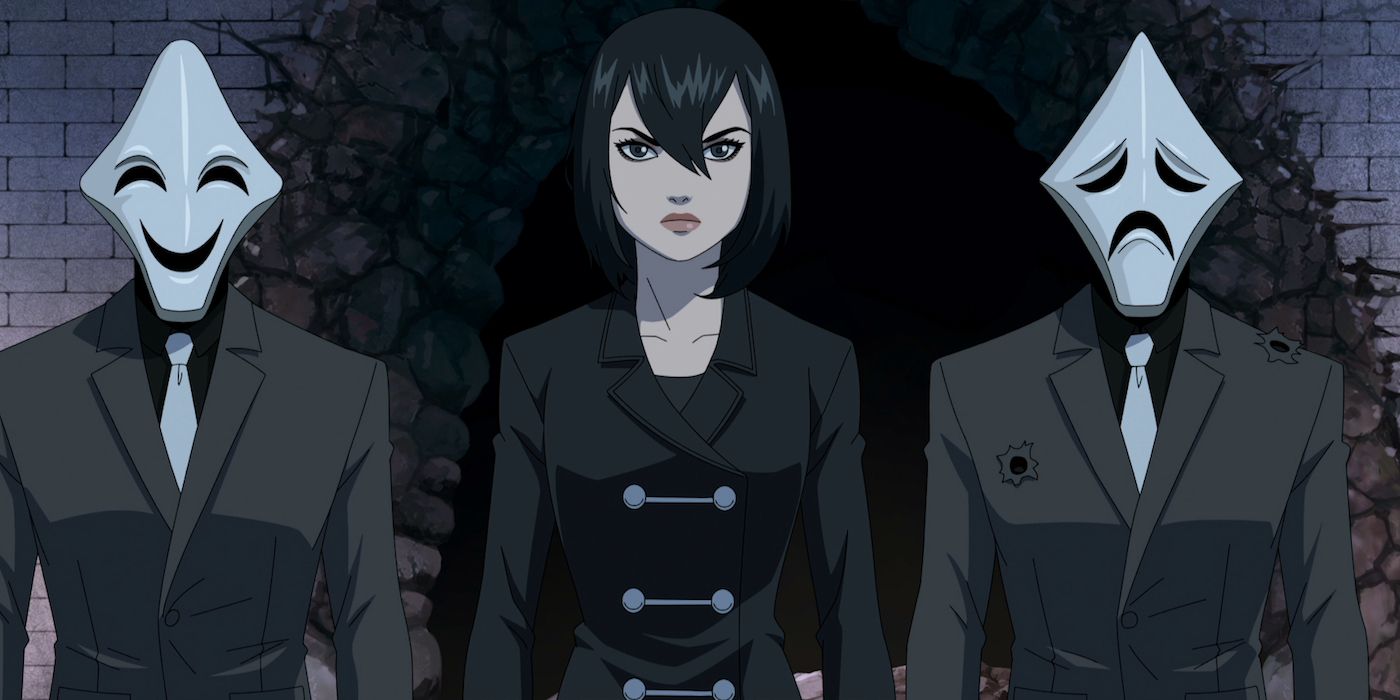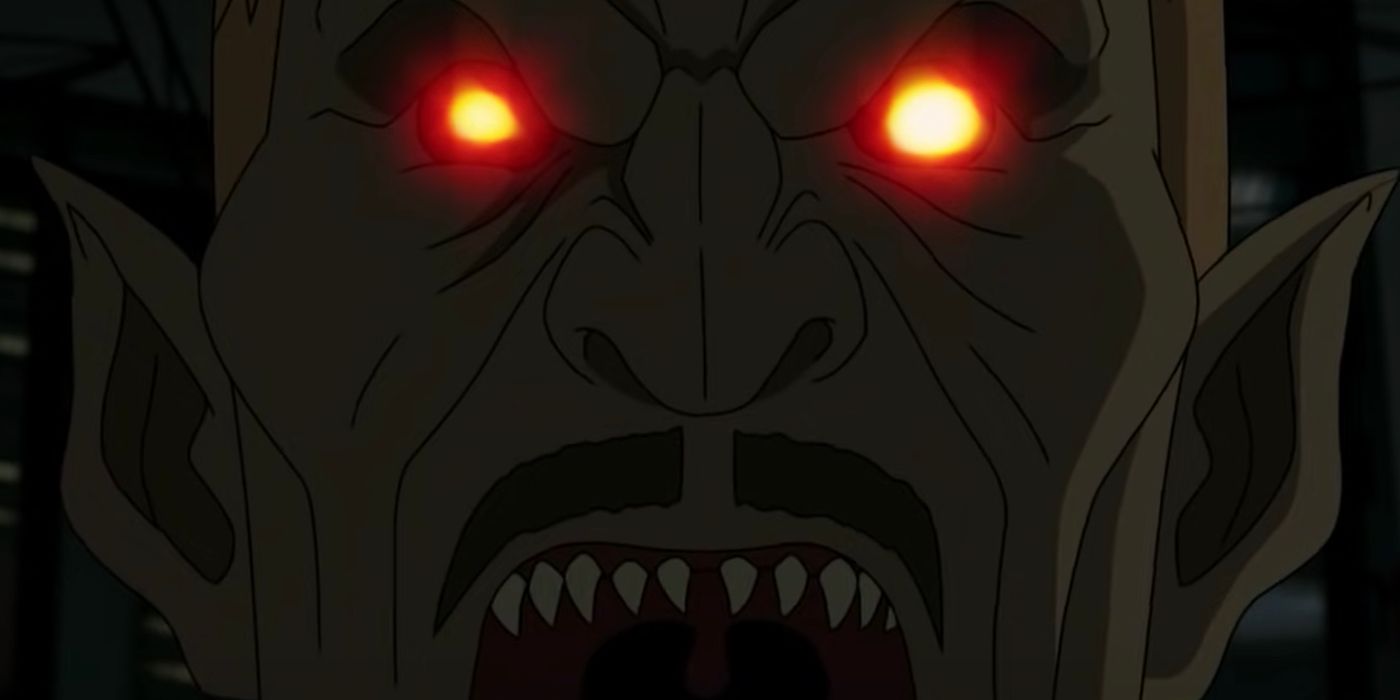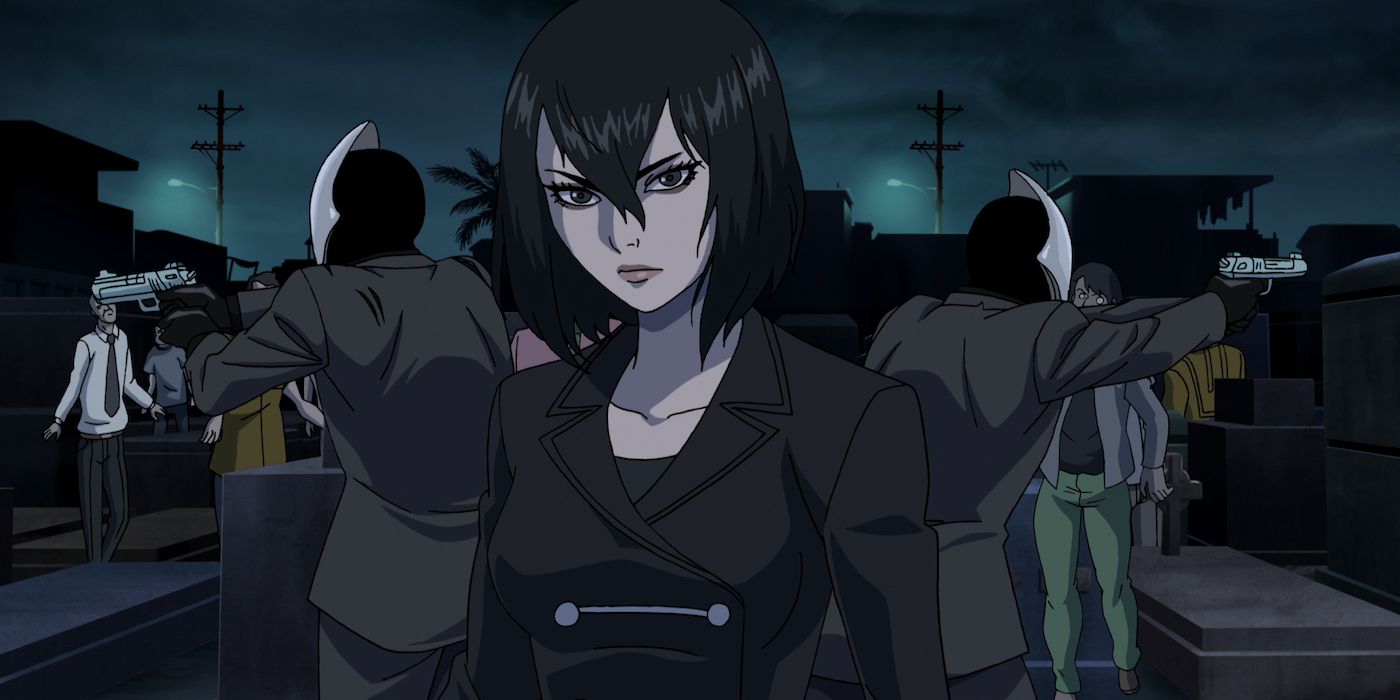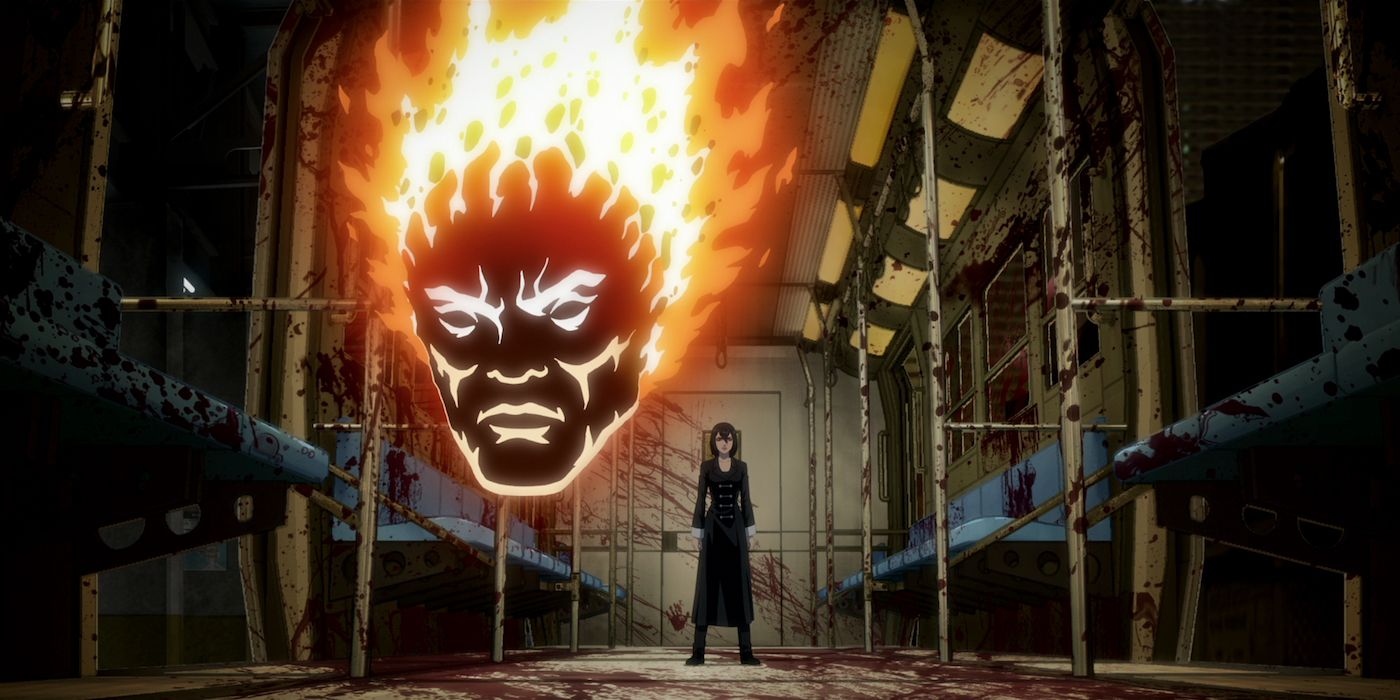While anime has its roots in Japanese animation, its influence has always had a global reach. For decades, audiences have had a growing interest in anime franchises such as Astro Boy, Speed Racer, Sailor Moon, Dragon Ball Z, and even Pokémon to name a few. Similarly, Japanese horror, or J-horror, has garnered its own global popularity, resulting in Hollywood’s own efforts to remake J-horror movies such as The Ring and The Grudge. Surely, the combination of anime and horror is a formula with profitable and critical potential. Recently, Demon Slayer: Kimetsu no Yaiba the Movie: Mugen Train demonstrated horror anime’s appeal. Before giving Mortal Kombat a run for its money and beating the video game movie reboot in its second weekend in North America, Demon Slayer was Japan’s highest-grossing movie ever. So as anime horror has hit its stride theatrically, at-home streaming services have also tried to capitalize on its appeal. While HBO Max acquired some anime from Studio Ghibli and Crunchyroll at its launch last spring, Netflix was already underway with original content produced in Asia back in 2018.
One of the anime titles announced was Trese, an adaptation of the Philippine graphic novel of the same name created by Budjette Tan and Kajo Baldisimo. The story follows Alexandra Trese (Liza Soberano in the original Filipino, Shay Mitchell in the English dub) as she navigates the supernatural and criminal underworld of Manila. The show, which includes ghosts, vampires, witches, and demons, premiered on Netflix on June 10. In each episode, Alexandra and her team work together to solve seemingly disparate crimes, such as the sacrificial murder of the famous White Lady ghost of Balete Drive. It’s a strange premise that garners its own questions, but it’s Alexandra’s job to find the answers. “The bigger question,” she says looking over the dormant specter of the White Lady, “is who would want to kill a ghost and why?” Such is the mystical, magical, and horrifying world of Trese. If you’re a veteran anime fan or genre enthusiast, Netflix’s Trese provides all the trappings of supernatural horror, thrilling action, and violent gore in anime form.
The worldbuilding in Trese is reminiscent of Guillermo del Toro’s film, including his Hellboy duology, Pan’s Labyrinth, and The Shape of Water, in which the real, human world exists alongside the supernatural world full of creatures and monsters of legend. In Trese, Manila is established as a focal point where the supernatural world intersects with the human world, coexisting socially and even politically. While there is no statute of secrecy that keeps the magical world hidden from the rest of the world, like in the Wizarding World of Harry Potter, there is still meant to be a treaty that keeps the peace between mankind and the supernatural. However, as Alexandra Trese finds out, the various clans of the supernatural underground threaten this peace. Think of the clans, which are based on Filipino myths and folkloric creatures ranging from nature spirits to goblins, as rival gangs that control the criminal underworld of Manila. One clan in particular, the aswangs, have begun to terrorize the citizens of Manila by snatching and killing them from the city’s poorer neighborhoods and Metro Rail Transit (MRT).
With pointy ears, red eyes, and sharp teeth, the aswangs are just some of the antagonists that prey on the city and its people. Alexandra faces other horrors throughout the show, such as an abandoned baby turned into a vampiric tiyanak, an anthropomorphic horse creature that street races, and the human dead brought back as zombies. However, the aswangs play a significant role by the season’s end.
Our hero Alexandra is pure goth girl with a genuine edge, carrying around Sinag, her blade that she uses not only for magical incantations but for killing malevolent creatures. And like in most fantasy franchises, she is also the “chosen one” of a prophecy, inheriting her father’s role as the peacekeeper between humans and monsters while fending off a prophesied apocalypse. Despite being warned by the Emissary — a messenger for Ibu, the goddess of death — she rejects this role, but she can only run away from her fate for so long. Alexandra Trese is a strong protagonist with a compelling story to tell not only in this season but, hopefully, more seasons to come.
But Alexandra is not the only interesting character, as she is joined by an eclectic team who help her solve these horrific crimes. This includes adoptive twin brothers, Crispin and Basilio, both voiced by Simon dela Cruz in Filipino and Griffin Puatu in English. Each wears a suit and white mask, one with a smiling face and another one with a frown. A pair of pistols is their weapon of choice. While the twins have their own charm as Alexandra’s adoptive little siblings, Crispin and Basilio also have a dark, supernatural origin story that is tied to the season’s overarching villain.
Alexandra and the twins work closely with Captain Guerrero, voiced by Apollo Abraham in Filipino and Matthew Yang King in English. Just as Batman has his Commissioner Gordon, Alexandra counts on Guerrero’s trust and support within law enforcement to help her solve the crimes of the supernatural underworld. After the death of Alexandra’s father, Guerrero becomes her pseudo-father figure. There’s also Hank, voiced by Christopher Carlo Caling in Filipino and Jon Jon Briones in English, a bartender where Alexandra’s team lives, and an ally to her and her father before her.
Alexandra’s father Anton Trese is voiced by Eugene Adalia in Filipino and Carlos Alazraqui in English, and her mother Miranda Trese is voiced by Cheska Aguiluz in Filipino and Nicole Scherzinger in English. While Alexandra’s parents play a minimal role in the show, only showing up in flashbacks, they help shape the hero Alexandra ultimately becomes. Although Alexandra is the prophesied harbinger of the end of the world, and the show has epic, apocalyptic stakes, her family and friends serve to ground her in her humanity, providing personal, emotional stakes that make the show a compelling study of culture and lineage, family and legacy.
Demons, vampires, witches, and a city’s criminal underground — Netflix’s Trese gives horror fantasy fans everything and more. On the surface, the story and characters may sound familiar, with echoes of Penny Dreadful, Constantine, Avatar: The Last Airbender, and The Legend of Korra reverberating throughout (even Jay Oliva, who had worked on The Legend of Korra as a storyboard artist, serves as executive producer on Trese). But these comparisons don’t take away from Trese’s own successes. They just go to show how much the series, and the graphic novel it is adapted from, holds its own in the fantasy-horror genre. There is more to mine from the rich worldbuilding of Manila’s supernatural underworld, more places for the characters to grow and develop, and more inclusion from Filipino culture and folklore. The strong reception in the Philippines is promising, but a more global audience wouldn’t hurt either. Fans of Guillermo del Toro, anime, and fantasy horror in general can check out Trese on Netflix now.




